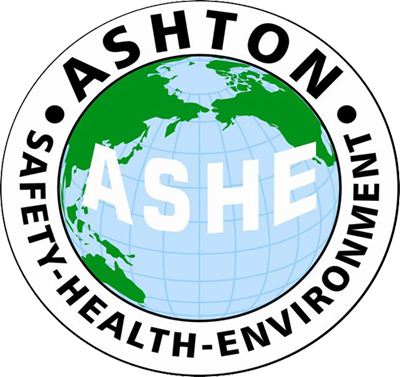Risk Based Health and Hygiene Management Plans
Whether required by general duty of care or particular legislation, such as the WA Mines Safety and Inspection Regulations 1995, a Health and Hygiene Management Plan is important to:
Demonstrate that workplace health and hygiene hazards have been identified and identify what and where they are, who they affect and in what capacity
Determine if ongoing monitoring/surveillance is required and document requirements
Identify risk control measures which must be implemented to ensure exposures are maintained with allowable limits
Assessment of health and hygiene hazards should be completed on a regular basis, including when required by legislation or when work activity, processes or equipment undergo change which may affect the effectiveness of existing controls.
Exposures which may be relevant for inclusion in a health and hygiene management plan include, but are not limited to:
Noise and vibration
Atmospheric contaminants (e.g. heavy metals, asbestos, particulates, fumes, gas)
Hazardous substances (e.g. metals, solvents, fuels, fumes) and radiation
Hazardous manual tasks
Biological hazards (e.g. legionella, mosquito-borne diseases)
